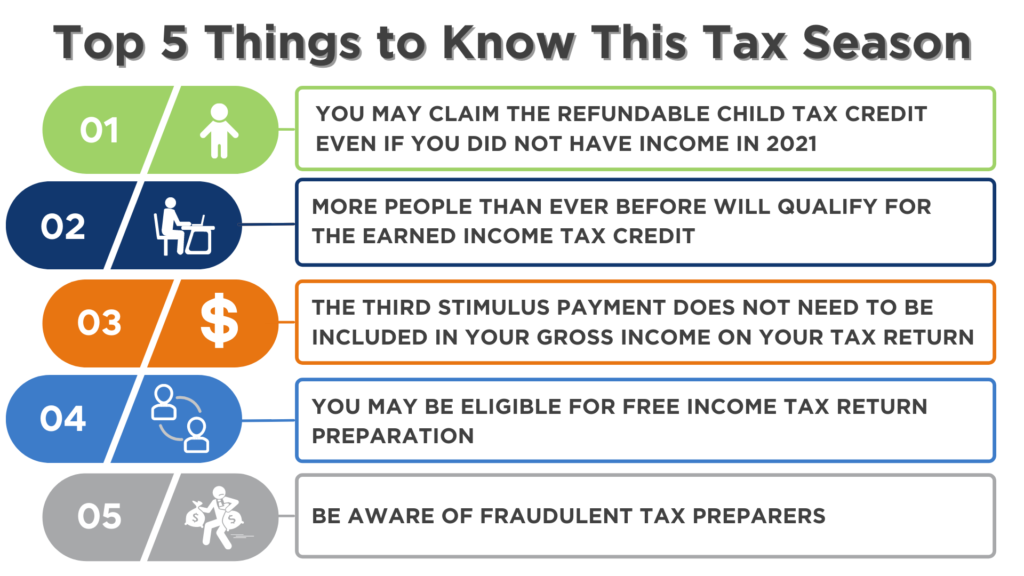Last November, North Carolina passed a law to allow eligible retired members of the Armed Forces to deduct certain military retirement pay when calculating taxable income in North Carolina. The law also allows eligible beneficiaries of the Survivor Benefit Plan (SBP) to deduct certain SBP payments. The deduction applies to the following:
- Retirement pay for service in the Armed Forces to a retired member that either
- Served at least 20 years, or
- Medically retired under 10 U.S.C. Chapter 61. (This deduction does not apply to severance pay received by a member due to separation from the member’s armed forces.)
- Survivor Benefit Plan (SBP) payments to a beneficiary of a retired member who is eligible to deduct retirement pay.
Beginning in tax year 2021, eligible retirees or SBP beneficiaries may deduct military retirement pay or SBP payments on a North Carolina individual income tax return.
If you are eligible for the deduction but have already filed your North Carolina individual income tax return, you should consider filing an amended return with the North Carolina Department of Revenue to deduct the payments. (For more information on how to amend your 2021 North Carolina Individual Income Tax Return, Form D-400, see the instructions for the return, Form-D401, on the NC Department of Revenue website.)
Frequently Asked Questions
A retired member of the Armed Forces is eligible for the deduction if the retired member
- Served at least 20 years in the Armed Forces; or
- Was medically retired from the Armed Forces. For more information on medical retirement, see Disability Retirement.
If the retired member who purchased SBP coverage served at least 20 years in the Armed Forces or was medically retired from the Armed Forces under 10 U.S.C. Chapter 61, then the beneficiary of the retired member can deduct the SBP payment when calculating North Carolina taxable income.
An Eligible retiree or beneficiary can claim the Deduction on the North Carolina Department of Revenue Form D-400 Schedule S, line 20.
You should consider filing an amended return with the North Carolina Department of Revenue to deduct the payments. For more information on how to amend your 2021 North Carolina Individual Income Tax Return, Form D-400, see the instructions for the return, Form-D401, on the NC Department of Revenue website.
No. Retirement pay received for work performed by a civilian employee does not qualify for the deduction.
No. North Carolina explicitly limits the deduction to payments made to the retired member of the Armed Forces. For example, the former spouse of the retired member of the Armed Forces may be entitled to receive a court-ordered payment from the retirement pay of the member. Because such payments are made to a person other than the retired member of the Armed Forces, the former spouse does not qualify for the deduction.


